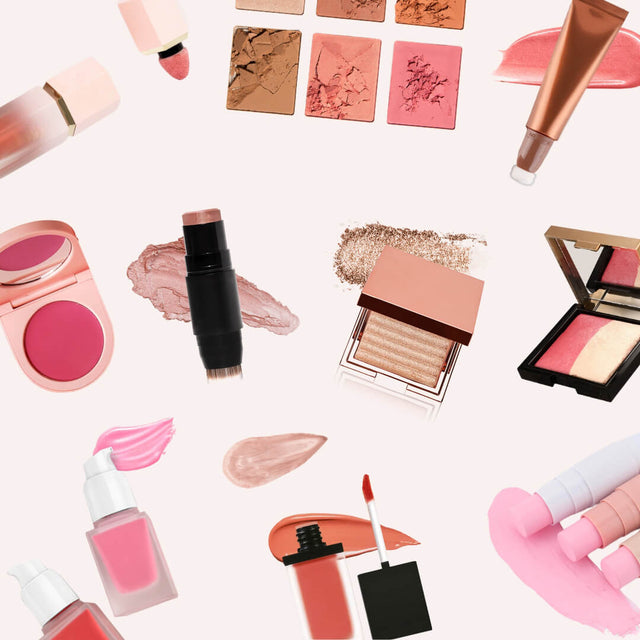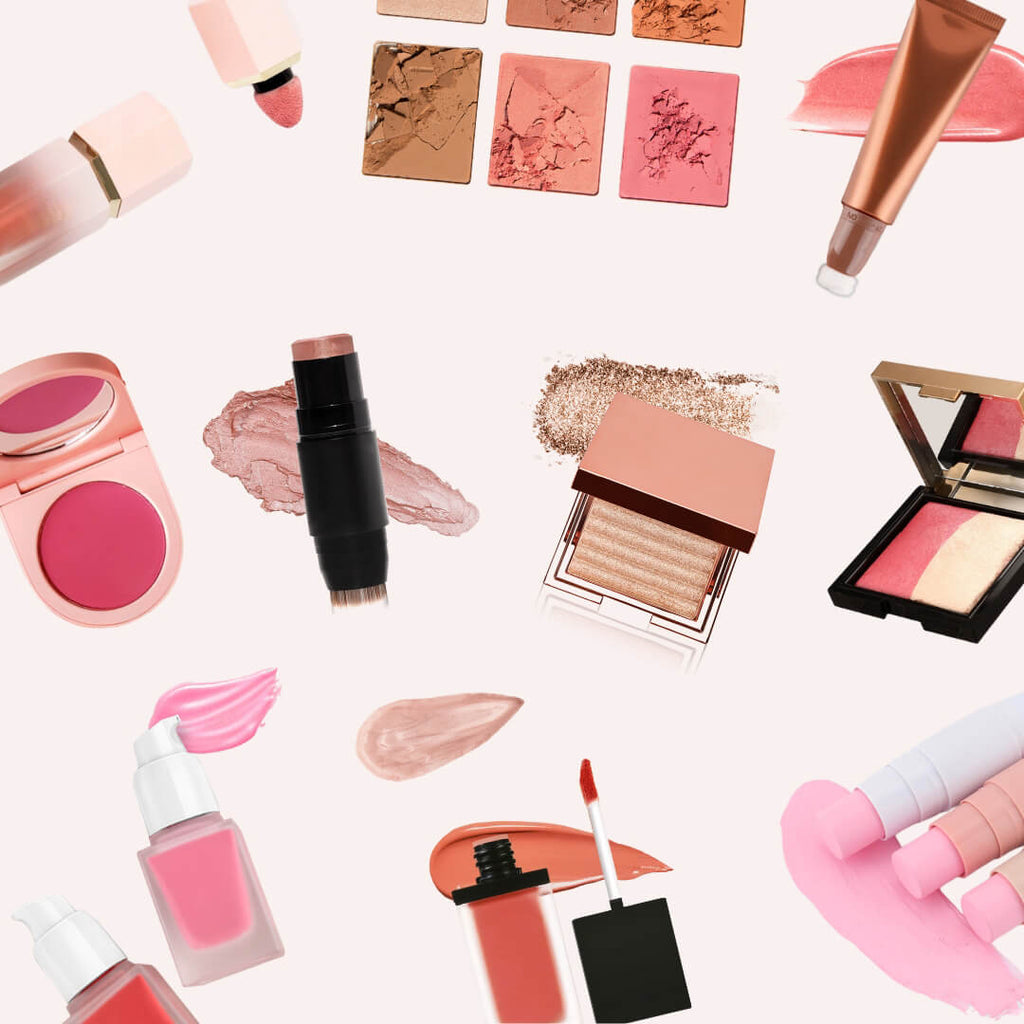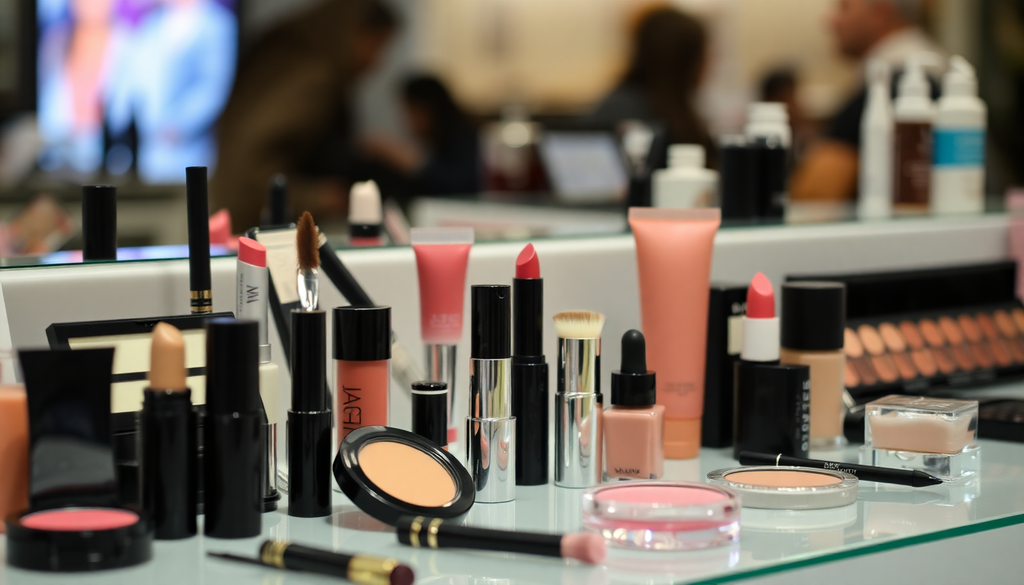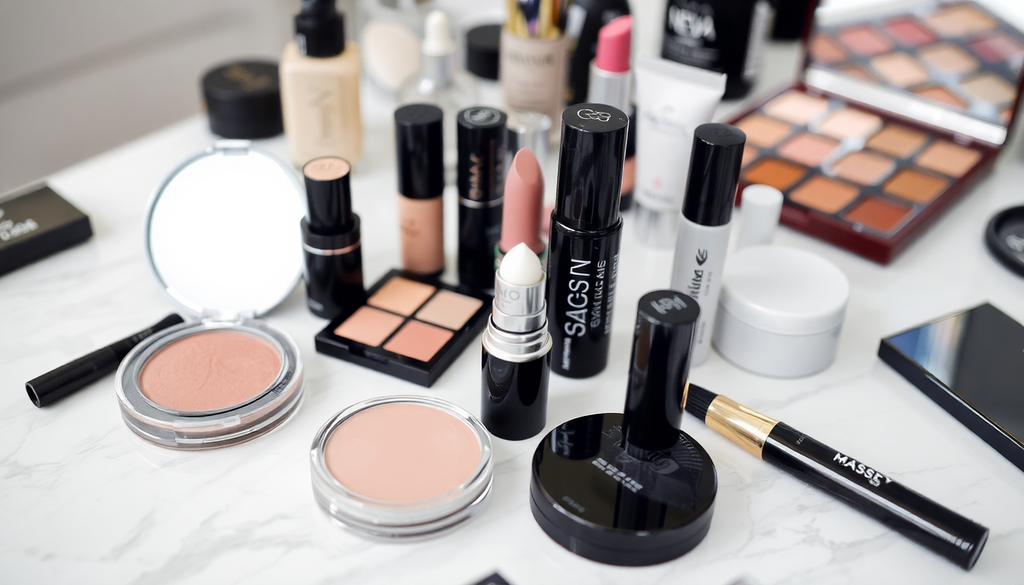
How to Successfully Launch Your Makeup Line Globally in 2025: Essential Market Insights and Trends for Private Label Success
Introduction
The beauty industry is a dynamic and fast-paced sector that continues to evolve, presenting vast opportunities for entrepreneurs. As of 2025, the global makeup market is projected to surpass significant financial milestones, making it an ideal time for aspiring brand owners to launch their makeup lines. In this comprehensive guide, we will delve into essential market insights, explore different regions, and discuss key strategies for launching a successful global makeup brand.
1. Understanding Global Markets
Launching a makeup line requires a deep understanding of the diverse beauty markets around the world. Each region has distinct consumer preferences, cultural influences, and regulatory frameworks that must be navigated. Below are key insights for various global markets:
- North America: The U.S. and Canada are characterized by a diverse consumer base that values innovation and quality. The FDA regulates cosmetic products, emphasizing the importance of ingredient safety and accurate labeling. Brands should focus on clean beauty trends and transparency in ingredient sourcing to appeal to environmentally conscious consumers.
- Europe: The European market is known for its high standards and stringent regulations. The Cosmetics Regulation (EC) No 1223/2009 governs cosmetic products sold in the EU. Brands must ensure compliance with safety assessments, labeling requirements, and the appointment of a Responsible Person within the EU. Additionally, trends like vegan cosmetics and sustainability are gaining traction.
- Asia: Asia, particularly South Korea and Japan, is at the forefront of beauty innovation. K-beauty continues to dominate with its focus on skincare-infused makeup and unique formulations. It's essential to research local trends, such as cushion compacts and multi-functional products. Regulatory frameworks vary by country, so understanding specific requirements is crucial.
- Australia: The Australian market is driven by health-conscious consumers who prioritize safety and efficacy. The Therapeutic Goods Administration (TGA) oversees cosmetics, necessitating compliance with labeling and safety guidelines. Brands should also consider local preferences for natural and organic products.
- Latin America: Brazil is one of the largest beauty markets in Latin America, with a strong demand for color cosmetics. Brands need to navigate local regulations regarding imports and marketing, as well as understand regional beauty standards that emphasize vibrant colors and bold looks.
2. Setting Up Your Makeup Online Store
With the rise of e-commerce, establishing a strong online presence is critical for the success of your makeup line. Here are the essential steps to follow when setting up your online store:
- Choose an E-commerce Platform: Selecting the right e-commerce platform is fundamental. Options like Shopify, WooCommerce, and BigCommerce provide excellent features tailored for beauty brands, including customizable templates, payment gateways, and inventory management.
- Design a User-Friendly Website: Your website should reflect your brand's identity while offering an intuitive shopping experience. High-quality images, engaging product descriptions, and easy navigation are vital components. Ensure your website is mobile-friendly, as a significant portion of consumers shop via mobile devices.
- Implement SEO Strategies: Optimize your website for search engines by incorporating relevant keywords related to your products and the beauty industry. Use tools like Google Keyword Planner to identify high-traffic keywords. Create informative blog content that provides value to your audience, driving organic traffic to your site.
- Set Up Payment and Shipping Options: Offering various payment methods, including credit cards, PayPal, and other digital wallets, can enhance customer convenience. Clearly outline your shipping policies, including international shipping options and delivery times, to instill confidence in potential buyers.
- Incorporate Customer Reviews: Customer reviews can significantly influence purchasing decisions. Encourage satisfied customers to leave reviews and consider integrating a ratings system on your product pages to build social proof.
3. Marketing Your Makeup Brand
Effective marketing is essential for establishing your brand in the competitive beauty landscape. Here are key strategies to effectively market your makeup line:
- Social Media Marketing: Social media platforms are powerful tools for reaching your target audience. Utilize Instagram for visually appealing content, TikTok for engaging videos, and Pinterest for beauty inspiration. Collaborate with beauty influencers who align with your brand values to reach a broader audience.
- Content Marketing: Develop a content marketing strategy that includes blogs, tutorials, and beauty tips. Creating informative and engaging content can position your brand as an authority in the beauty space, driving traffic and fostering customer loyalty.
- Email Marketing: Build an email list by offering incentives such as discounts or free samples. Regularly send newsletters that feature promotions, product launches, and beauty advice. Personalize your emails to enhance engagement and retention.
- Participate in Trade Shows: Trade shows and beauty expos are excellent opportunities to showcase your products, network with industry professionals, and gain insights into market trends. Prepare visually appealing displays and promotional materials to attract potential buyers.
- Leverage User-Generated Content: Encourage customers to share their experiences with your products on social media. User-generated content fosters community and trust, making potential customers more likely to purchase.
4. Staying Ahead of Trends
The beauty industry is constantly changing, and staying ahead of trends can give your brand a competitive edge. Here are some current trends to monitor in 2025:
- Clean Beauty: Consumers increasingly prefer products that are free from harmful chemicals and are ethically sourced. Transparency in your ingredient list can build trust with your audience and foster brand loyalty.
- Personalization: Customized makeup products that cater to individual preferences are gaining popularity. Consider offering personalized shade matching or tailored formulations based on skin type and concerns.
- Augmented Reality (AR): As technology advances, AR is becoming more prevalent in the beauty industry. Incorporate AR features on your website or app that allow customers to virtually try on makeup products before purchasing.
- Sustainable Packaging: Eco-friendly packaging is becoming a priority for consumers. Consider using recyclable, biodegradable, or reusable packaging to appeal to environmentally conscious shoppers.
- Inclusive Beauty: Diversity and inclusivity are crucial in the beauty industry. Offer a wide range of shades to accommodate all skin tones and ensure your marketing reflects diverse beauty representations.
5. Regulatory Compliance and Certifications
Understanding and complying with regulations and certifications is vital for the successful launch of your makeup line. Each market has its own set of rules regarding product safety, labeling, and marketing. Here are key considerations:
- Ingredient Regulations: Familiarize yourself with ingredient regulations in your target markets. Some ingredients may be banned or restricted in certain regions, so thorough research is essential.
- Labeling Requirements: Ensure your product labels meet local regulations, including ingredient declarations, usage instructions, and allergen warnings. Accurate labeling builds consumer trust and ensures compliance.
- Certifications: Obtaining certifications such as cruelty-free, vegan, or organic can enhance your brand's credibility and appeal to conscious consumers. Research which certifications resonate with your target audience.
- Product Testing: Conduct necessary product testing to ensure safety and efficacy. This may include stability testing, microbial testing, and dermatological testing, depending on the regulations of your target markets.
Conclusion
Successfully launching your makeup line globally in 2025 requires a multifaceted approach, including understanding diverse markets, establishing a robust online presence, implementing effective marketing strategies, and adhering to regulatory guidelines. By staying informed about industry trends and consumer preferences, you can position your brand for success in the competitive beauty landscape. Embrace the journey with passion and creativity, and watch your makeup line flourish in the global market.




